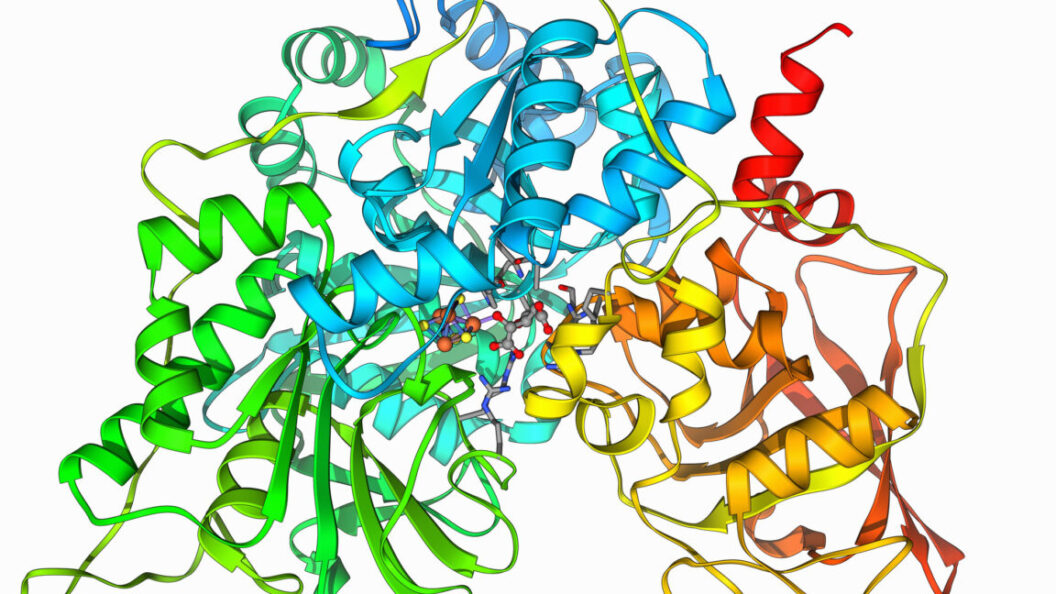Innovative Breakthrough in Enzyme Design: A Step Towards Sustainable Solutions
Researchers have recently made significant advancements in the realm of enzyme design, a development that holds promising implications for both biology and environmental sustainability. By employing a method called PLACER alongside RFDiffusion to engineer enzymes, scientists have achieved considerable success in creating enzymes that can efficiently catalyze reactions, including the breakdown of challenging compounds such as plastics.
Enhanced Screening Process Yields Results
The initial phase of research involved a screening technique that incorporated PLACER, which successfully improved the identification of enzymes with catalytic activity by over three-fold. However, researchers faced a significant hurdle – though these enzymes were effective at cleaving ester bonds, they exhibited a critical flaw: they essentially bonded with one part of the substrate after a single reaction, impeding their ability to function as true catalysts.
To address this limitation, the team shifted their focus to identify structures capable of adopting a critical intermediate state during the reaction. This strategic alteration not only enhanced the efficiency of the enzymes but also allowed 18 percent of the produced enzymes to cleave the ester bonds without becoming permanently modified. Among these, two particularly noteworthy enzymes, dubbed "super" and "win," demonstrated the ability to cycle through multiple reactions, marking a significant achievement in enzyme design.
Computational Advances Transform Enzyme Design
The novel approach utilized computational methods to improve the efficiency and design of these enzymes. By incorporating iterative rounds of structural suggestions and screenings, the research team was able to increase the occurrence of functional enzymes dramatically. Remarkably, they developed an esterase that could tackle the breakdown of PET, a prevalent plastic, highlighting the potential of designed enzymes not only in theoretical applications but also in real-world solutions to environmental problems.
Challenges and Future Directions
Despite these advancements, researchers acknowledge the challenges that lie ahead in enzyme design. While the integration of computer modeling significantly reduces the need for traditional, labor-intensive laboratory methods, designing enzymes that closely mimic those found in nature is no small feat. The designed enzymes showed minimal sequence resemblance to their naturally occurring counterparts, indicating a potential avenue for crafting enzymes that can interact with compounds never before encountered by biological systems.
An intriguing line of inquiry proposed by the researchers suggests the possibility of creating an enzyme essential for bacterial survival and then allowing it to evolve in a natural setting. This raises questions about the capacity of life to further refine and improve upon human-engineered designs through the process of evolution.
Implications for Science and Industry
This breakthrough in enzyme design holds tremendous implications. It paves the way for the development of enzymes tailored for various biocatalytic reactions, potentially revolutionizing industries ranging from pharmaceuticals to waste management. The ability to create enzymes capable of degrading plastics aligns perfectly with global efforts to address the escalating environmental crisis stemming from plastic waste.
As researchers continue to explore the depths of enzymatic activity and design, the integration of computational techniques will likely play an increasingly essential role. The confluence of artificial intelligence and synthetic biology signals the dawn of a new era in enzyme engineering, one that could yield solutions to some of the most pressing challenges faced by society.
In conclusion, the advancements made in enzyme design underscore the importance of interdisciplinary approaches in scientific research. As techniques become more sophisticated, so too does the potential for innovative solutions that harness the power of nature to address a myriad of biological and environmental challenges. The future of enzyme design not only looks promising but also holds the key to a more sustainable world.









